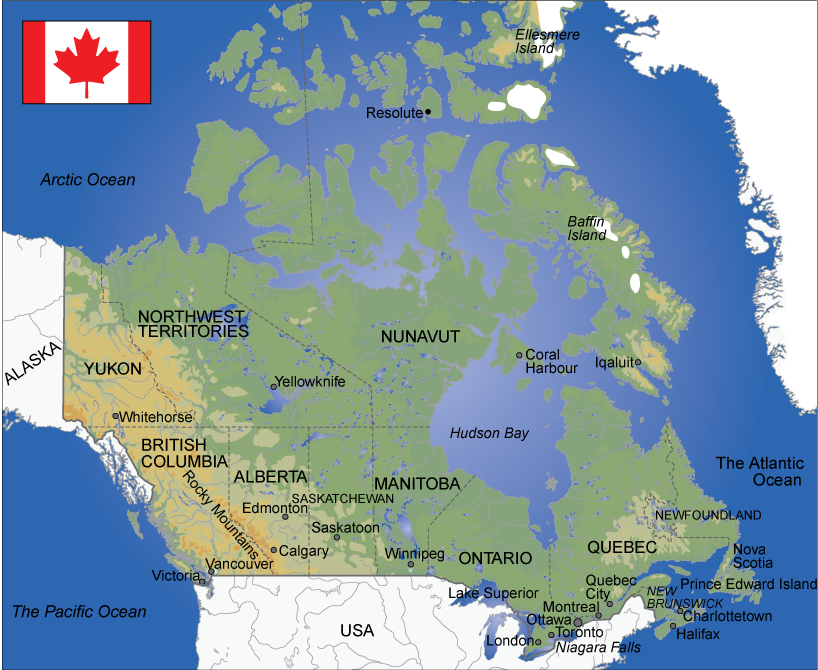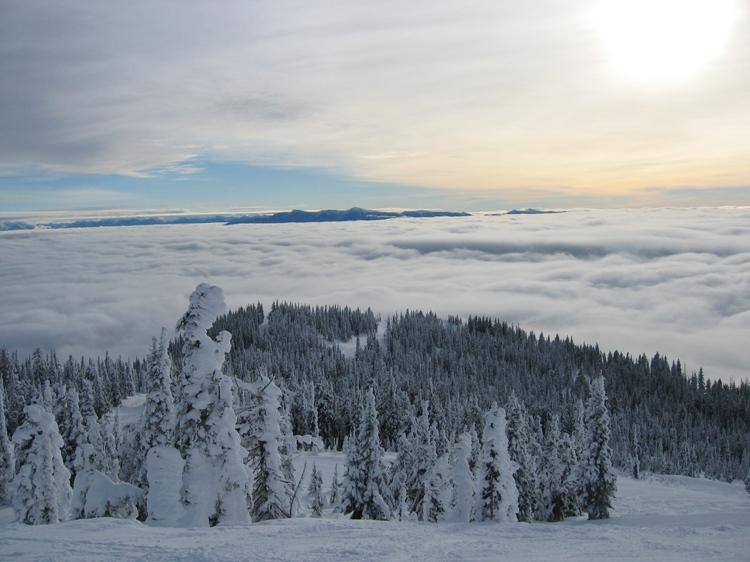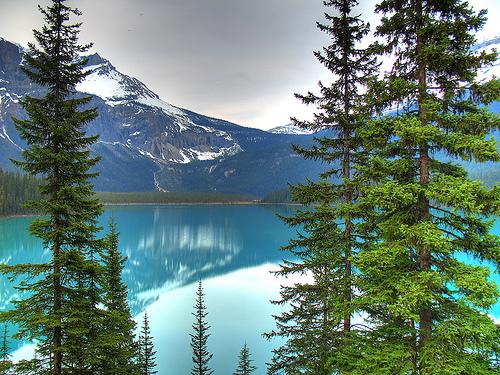An introduction to Canada

Canada is the second-largest country in the world with a total area of almost 10 million km2, but with a population of only 37 million.
The land occupied by Canada was inhabited for millennia by various groups of aboriginal people. Beginning in the late 15th century, British and French expeditions explored, and later settled, along the Atlantic coast. France ceded nearly all of its colonies in North America in 1763, after the Seven Years' War. In 1867, with the union of three British North American colonies through Confederation, Canada was formed as a federal dominion of four provinces. It wasn’t until the signing of the Canada Act in 1982, that legal dependence on the British Parliament ended. Canada is a federation comprised of ten provinces and three territories. Here is an animation showing the evolution of Canadian provinces: Canadian Provinces.

Mother Earth has been generous to the Canadians. Nature is a source of both recreation and financial income. Canada's mountains rise to almost 6,000 metres above sea level and as the country with the most inland, freshwater lakes, Canada has enough fresh water to turn the entire Sahara desert into a swamp.

Canada’s forests stretch for unimaginable distances providing employment and a secure income from timber export. Canadian farms produce beef, fruit and vegetables, and are the world’s number-one producer of wheat. With access to three oceans – the Arctic, the Atlantic and the Pacific – Canada ranks as one of the world’s biggest exporters of seafood such as fish, shrimp, crabs and lobster. Believe it or not – Canada even has its own production of high quality red and white wine! And who hasn't heard of Canada's world famous maple syrup?
Canada is the world's third-largest producer of natural gas and is a world leader in the production of oil - especially to its neighbour, the US.
- 18 of Canada’s islands are bigger than 10,000 km2.
- Baffin Island is almost as big as France.
- Ellesmere Island has a glacier the size of Switzerland.
- The Canadian prairie covers more land than India, Nepal and Pakistan together.

Canada is so sparsely populated that the country's wildlife can enjoy an undisturbed natural habitat. Wildlife includes: black bears, grizzly bears, bison, raccoons, caribou, moose, bighorn sheep, wolves, musk ox, puma and lynx, not to mention the Arctic wildlife, of course! The many rivers and lakes provide for both recreational and sport fishing.
Just imagine, 50% of Canada has winter temperatures of –60° Celsius. That is probably why 90 % of the people live in the southermost parts of the country, close to the US border – the longest border in the world between two countries (8,892 km).
The music of Leonard Cohen, Bryan Adams, Neil Young, Avril Lavigne, Nelly Furtado and Justin Bieber is just some of which Canadians can be proud of. Actors such as: Michael J. Fox, Keanu Reeves, Brendan Fraser and Pamela Andersen are Canadian. Actress Mary Pickford (1892-1979) was actually nick-named ”America´s Sweetheart” despite the fact that she came from Toronto. It is no wonder the Canadians tend to have a complex about their identity!
Canada is a parliamentary democracy and a constitutional monarchy, with Queen Elizabeth II as its Head of State.It is a bilingual and multicultural country, with both English and French as official languages at the federal level.
Technologically advanced and industrialized, Canada maintains a diversified economy that is heavily reliant upon its abundant natural resources and upon trade—particularly with the United States, with which Canada has had a long and complex relationship. It is a member of the G8, NATO, the Commonwealth of Nations, the Francophonie, and the United Nations.
Research
- The USA is a country of 50 states but Canada is a country of provinces and territories. Using the internet, list Canada's provinces and territories and their capital cities. At the same time, find out how many time zones the country crosses.
- Canada has two official languages, English and French. Using the Statistics Canada website, find out how many speak English as a 1st language and how many speak French as a 1st language, in each province.
Present
Use the internet to research and create a PowerPoint presentation about a famous Canadian. Possible search-words are: famous Canadians, Canadian writers, Canadian athletes, Canadian musicians, etc.